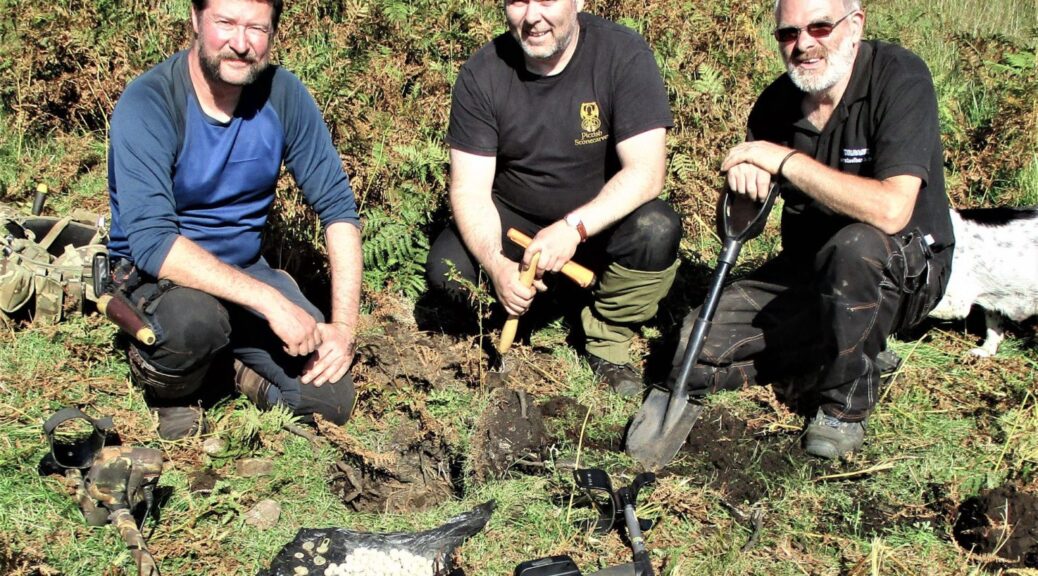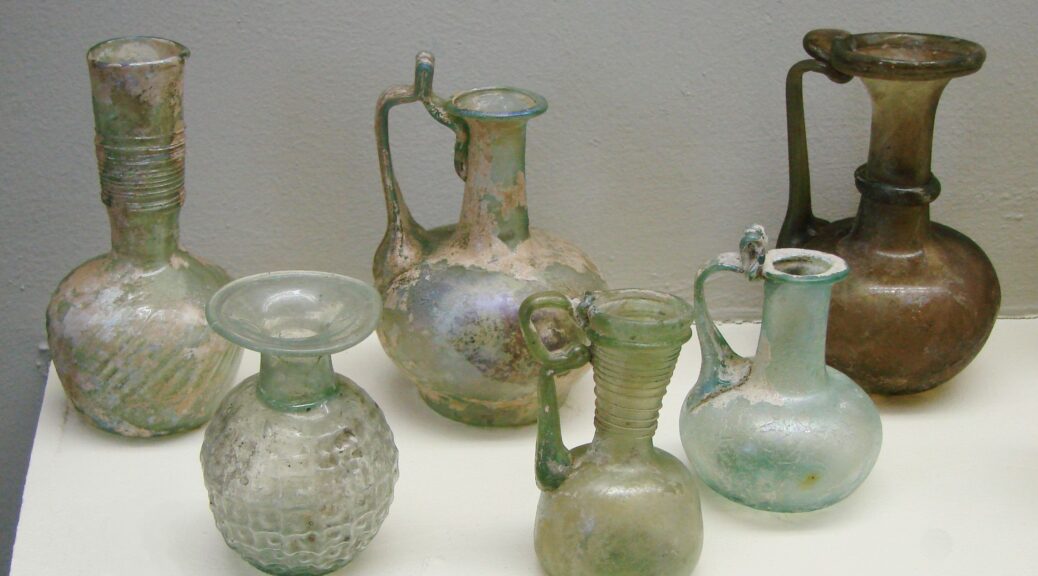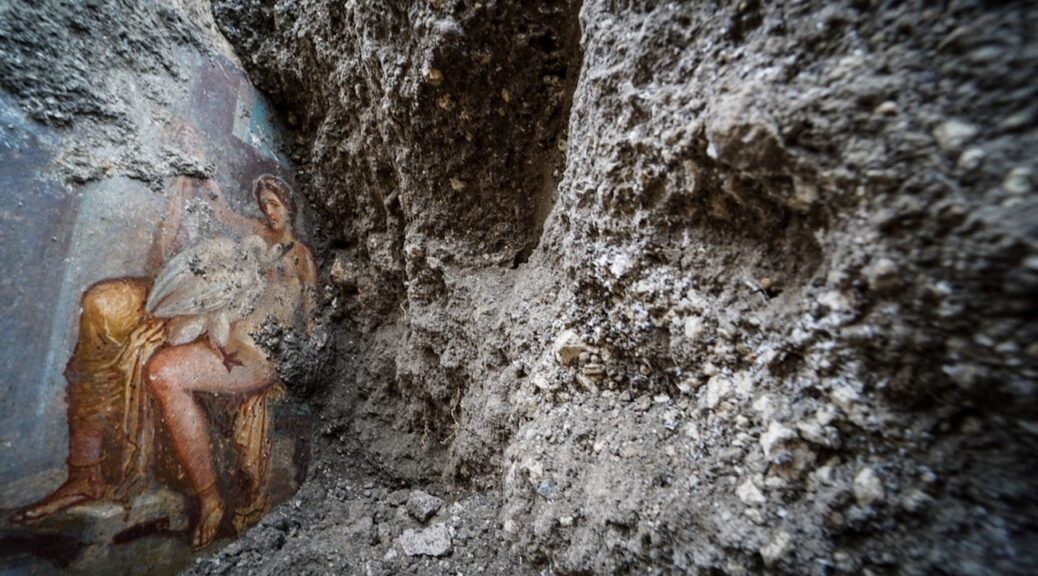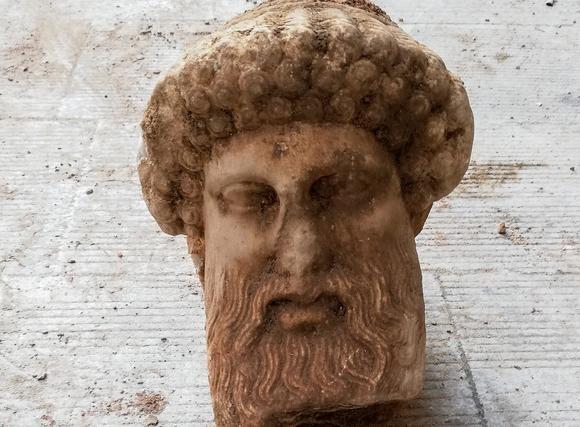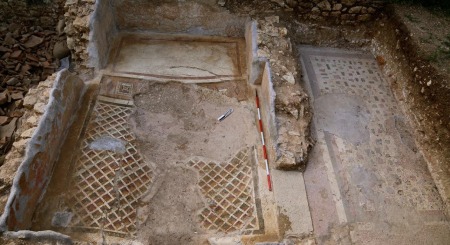Hoard of Jacobite Ammunition Unearthed in Scotland
The Oban Times reports that metal detectorists discovered a cache of more than 200 musket balls, coins, and gold and gilt buttons in southern Scotland on property near the shore of Loch nan Uamh that was owned by Alasdair MacMhaighstir Alasdair, Gaelic tutor to Charles Edward Stuart, also known as Bonnie Prince Charlie.

The items are thought to be part of a shipment landed just a fortnight after the Battle of Culloden in April 1746.
Paul Macdonald, David McGovern and Gary Burton were using metal detecting equipment – with the landowner’s permission – when they made the find recently on the shore of Loch nan Uamh, near Lochailort.
The historical items were uncovered near a ruined croft house that once belongs to the prince’s Gaelic tutor, and has now been reported to Treasure Trove in Scotland.
This is an official organisation which ensures objects of cultural significance from Scotland’s past are protected for the benefit of the nation and preserved in museums across the country.

Originally from Glenuig, Mr Macdonald, of the Conflicts of Interest battlefield archaeology group, said the find had been made in early September on the Rhu peninsula.
‘For around 250 years there, a hoard had lain undisturbed by one particular croft. The complete hoard included 215 musket balls and a number of gold and silver-gilt buttons, coins and some other non-ferrous items on the northern coast of Loch nan Uamh,’ said Mr Macdonald.
‘It was really just a case of joining the dots so to speak, from what history records. It is known that arms had been landed in 1746 in this area.
‘From what the finds tell us to date, the musket balls were cast for use, yet never fired and correspond with the same calibre of musket balls landed nearby with French arms for the Jacobite Rising by the ships Mars and Bellone on the 30th April 1746.
‘The arms were, of course, landed a couple of weeks after the Battle of Culloden and never saw service, but were rapidly distributed and hidden locally.
‘What we also know about the find-spot is that the now-ruined croft was once inhabited by the famous Clanranald bard, Alasdair MacMhaighstir Alasdair, who was an officer in the ’45 Rising and served as Gaelic tutor to Prince Charles Edward Stuart. He lived out his later years here at this croft until his death in 1770.
‘The find has been reported to Treasure Trove where it may through the process from there hopefully find its way to a Scottish museum.’
As to the value of the artefacts, Mr Macdonald said the find is significant but more in terms of historical worth than financial.
‘It is a very nice find and we were delighted with locating another part of the story of the prince and the Jacobite Rising.’
